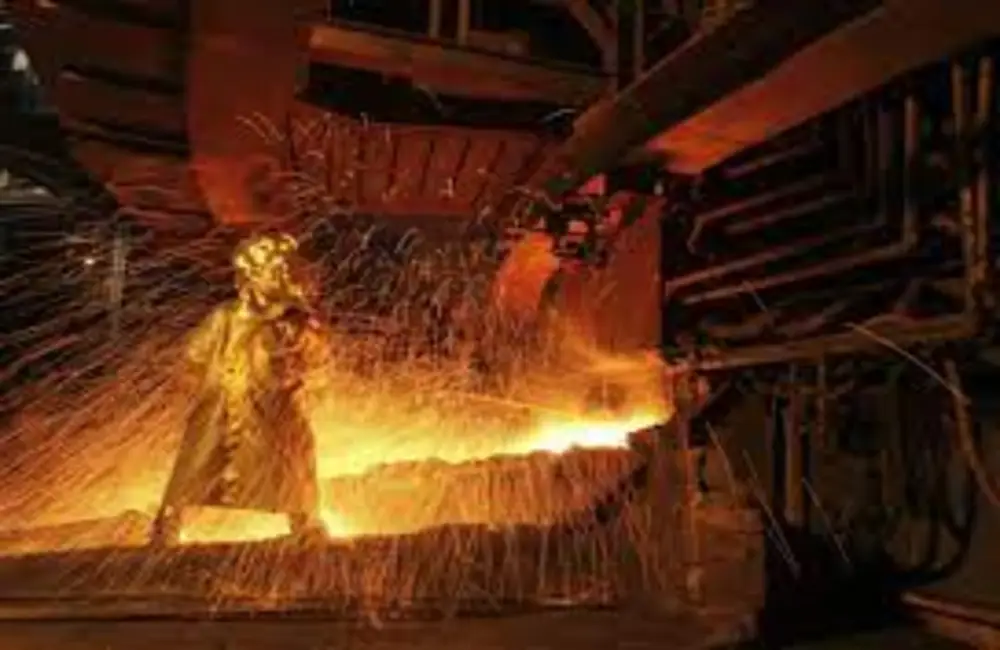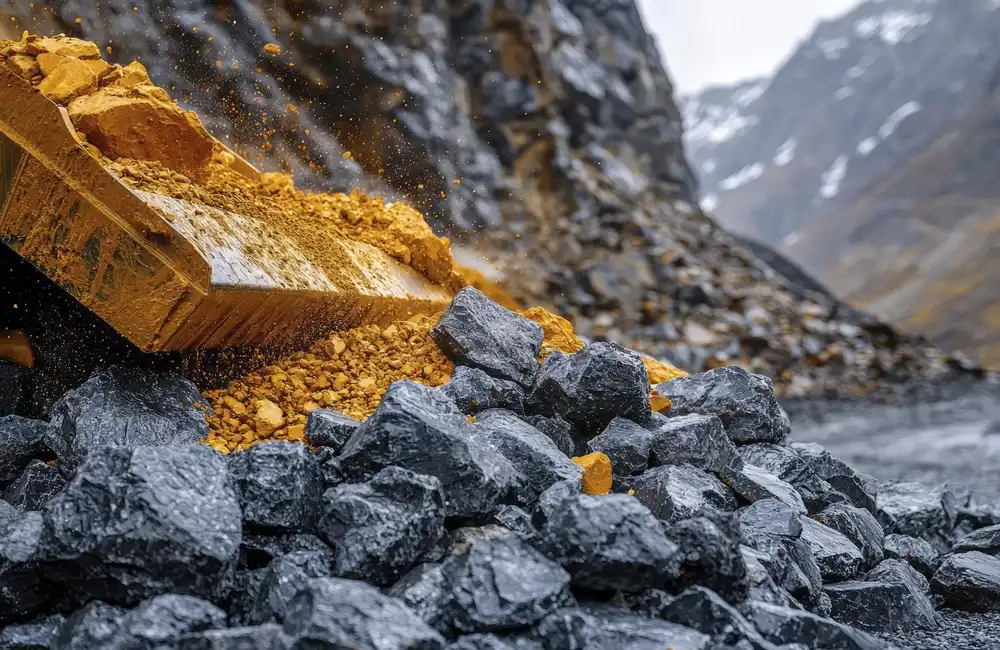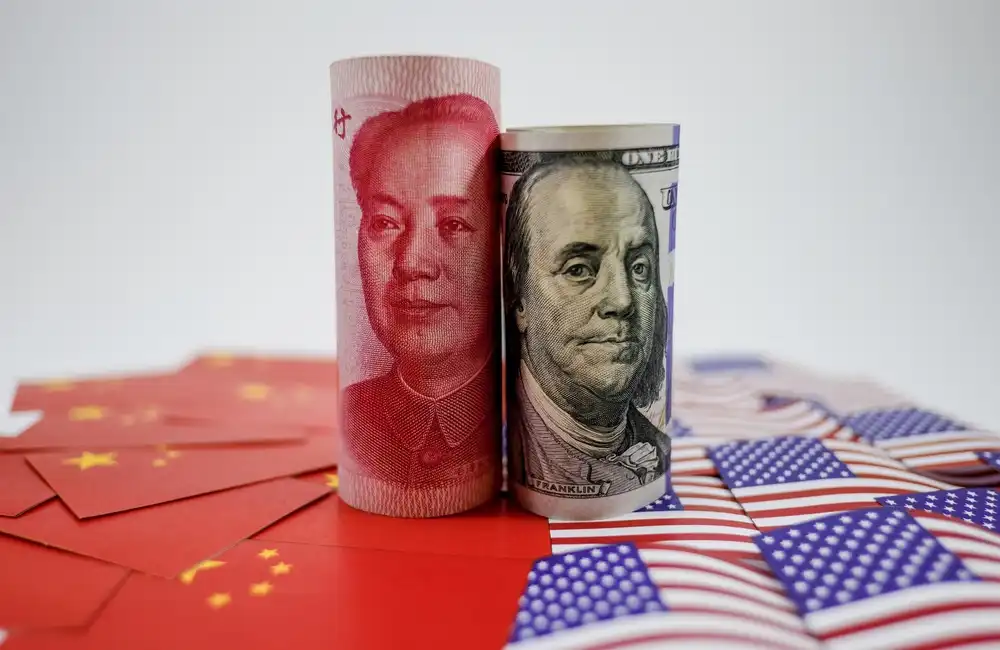The COVID-19 outbreak in 29 Chinese provinces and cities, particularly Shanghai and the city of Changchun, had more impact in April on downstream demand for battery metals than on raw materials supply.
Demand for battery metals from China will remain under pressure in May, as it may take electric vehicle producers some time to restart production suspended by a resurgence of COVID-19, industry sources said.
Factories in Shanghai and Changchun, which produce around 20% of the country’s vehicles, suffered massive supply disruptions as coronavirus cases surged since late March. Shanghai recently announced plans to gradually lift lockdowns from June.
While production capacity of vehicle and auto part makers in Shanghai and Changchun has been returning to normal after restarting production in mid-April, it would still take time to reach full production given the size of automotive industry’s supply chain, the sources said.
Major car and spare automakers in Shanghai, such as SAIC Motor Corp Ltd and Tesla Shanghai Gigafactory, have gradually begun operation again. SAIC Motor has accelerated its plan to resume operation and is anticipating production to return to normal by the end of this month.
China's electric vehicle (EV) sales are expected to remain buoyed in 2022, despite a recent uptick in car prices and demand suffering from a resurgence of COVID-19, market sources say. The NEV industry was affected by COVID-19 in April.
In April, China’s production and sales of EVs and power batteries decreased significantly by double digits, due to COVID-19 lockdowns.
Multiple Chinese automobile manufacturers had to halt or decelerate production in April due to shortages of auto components, causing a drop in month-on-month output.
According to the China Association of Automobile Manufacturers (CAAM), the production of new energy vehicles in April dropped by 33 percent month on month, to 210,000 units, and the total number of units sold decreased 38.3 percent over the same period, to 299,000 units.
Lithium
Prices of lithium salts in China, an important element of lithium-ion batteries, have come under pressure in recent weeks amid rising production from salt lakes, sluggish downstream consumption in the wake of pandemic, and call from Chinese government to bring down raw material prices to “rational levels”.
Battery-grade lithium carbonate prices were last at Yuan 507,000/mt on March 17 this year, down at that time for the first time from Yuan 60,000/mt in January 2021, according to the Platts assessment from S&P Global Commodity Insights.
Lithium prices are forecast to increase in the second half of 2022 as vehicle manufacturers look to ramp up production in order to hit targets by end of year.
Lignite salts production in China was already restricted by COVID-19 since major lithium converters in the Jiangxi, Sichuan, and Qinghai provinces have not been significantly impacted by the COVID-19 outbreak.
Output cuts among cathode materials producers in the country are expected to reach almost 15% in April, with some seeing a drop of as much as 40%, according to Antaike, the research arm of China Nonferrous Metals Industry Association.
China's lithium carbonate imports and hydroxide exports could also falter in April as the megacity of Shanghai, the pivotal importing and exporting port for lithium salts, is locked down. “I don’t see them reopening any time before the entire city has no cases,” said one Chinese precursor maker, predicting lockdowns to be lifted around the end of May or beginning of June.
Cobalt
COVID-19 lockdowns also affected cobalt refiners and downstream battery makers, leading to a slowdown in market activity in the week to May 13.
Market sources said demand for cobalt products could bounce back domestically when production and sales of electric vehicles are back to normal after China recovers from the pandemic. Weak demand for computer, communication, and consumer electronics goods, which have yet to make a rebound in 2022, is another contributor to lower activity in the cobalt market.
Numerous China-based cobalt refiners and cathode manufacturers are reducing output rates because of lower downstream orders and rising production expenses.
Cobalt hydroxide at $32/lb translates to roughly Yuan 120,000/mt cobalt sulfate production cost. But negative margins have dissuaded refiner output.
Cobalt sulfate was offered under Yuan 100,000/mt May 13, with trades heard as low as Yuan 95,000/mt, market sources said.
However due to surplus supplies, sources were keen to take their time to enter the market. “Cobalt sulfate stocks are quite large, cobalt hydroxide is also not in tight supply,” said a Chinese trader. Oversupply could persist in May and into June, the sources said.
Nickel
Nickel metal prices are still at high ground after London Metal Exchange contracts broke through $100,000 mt to set an all-time high in early March in a short squeeze. Several nickel sulfate producers in China have suspended or cut production since the beginning of April under heightened production costs and stringent COVID-19 control measures.
However, demand for nickel from the battery industry is likely to increase gradually as vehicle and auto parts producers in east China gradually return to normal, the sources said.
Positive demand outlook
With lithium, cobalt, and nickel prices all soaring, domestic EV manufacturers were more willing to use lithium iron phosphate batteries rather than nickel-cobalt-manganese (NCM) batteries to reduce production costs. The cost of raw materials is lower for NMC batteries, which do not need nickel and cobalt.
Shanghai's latest move to lift the lockdown there raises hope for demand, and most market participants are positive that demand may recover earlier.























